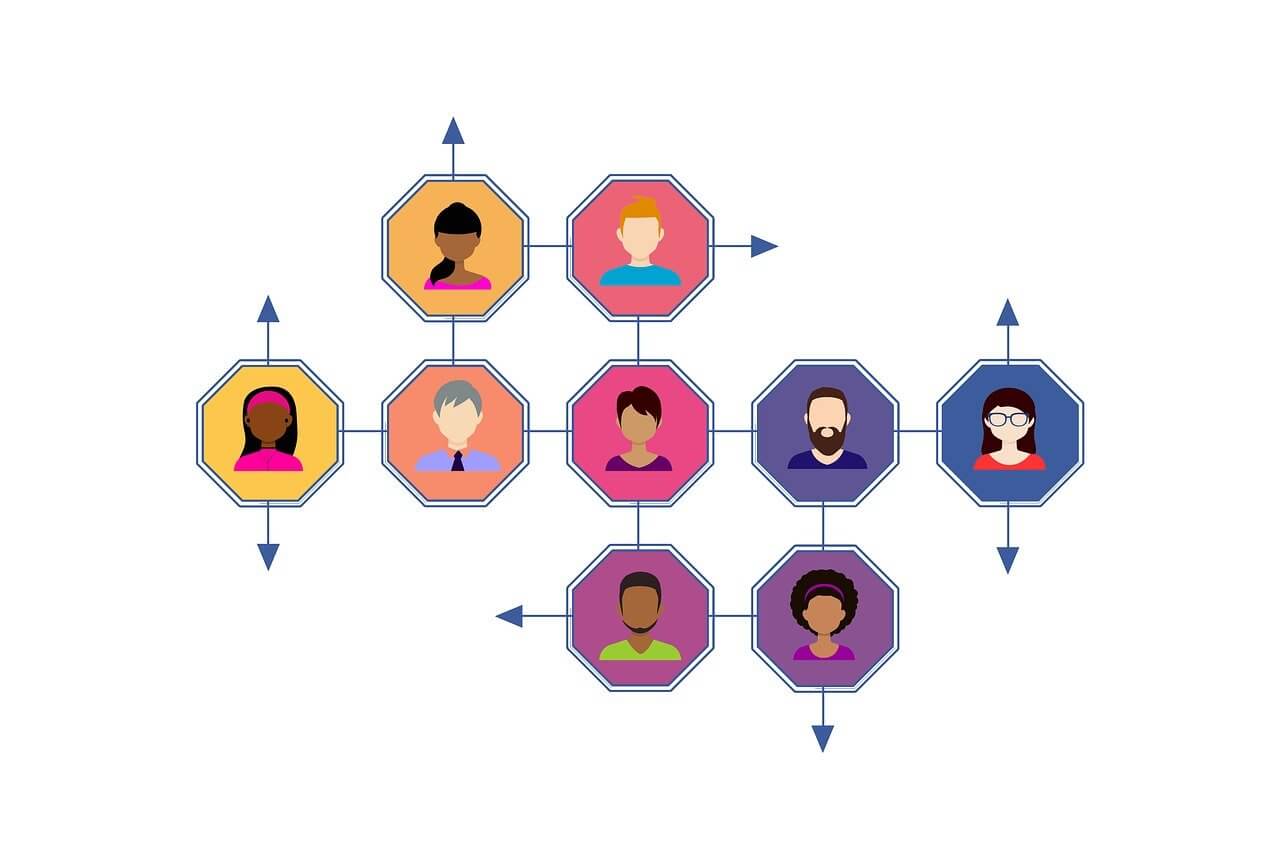Discover essential business innovation strategies to drive growth and outpace competitors. Learn how to turn ideas into reality and create lasting success.
As a corporate professional or a startup entrepreneur, innovation is crucial. While many think that new ideas drive innovation, my experience as a mentor and investor shows that long-term success hinges more on execution than on ideas. Ideas are common, but only a few can turn them into reality.
Innovation plays a significant role in creating new products or services, and companies use various strategies to achieve this. Knowing these different approaches can help you decide which strategy might be the most effective for your business.
READ ALSO: How to Conduct a SWOT Analysis for Your Business
What Are Business Innovation Strategies?
Innovation strategies are focused plans and goals designed to create new value in a business that customers are willing to pay for. They include a set of guidelines and actions aimed at driving growth and development within the organization. Leading companies understand that for innovative ideas to thrive, the right environment is essential.
Types of Strategies for Innovation
Incremental Innovation
Incremental innovation involves gradually improving existing products or services within an established market. With this approach, new versions are slightly better than the old ones, incorporating minor changes to the product design or how services are delivered. These enhancements make products more user-friendly, compact, appealing, and efficient without altering their core functions. For example, a razor company might continually add features like extra blades or a rotating head to improve their product.
Disruptive Innovation
Disruptive innovation refers to new ideas, products, or services that shake up existing markets or create entirely new ones. Initially, these innovations may seem less effective compared to traditional options, but they offer unique benefits to smaller market segments. Disruptive innovations often attract new customers who weren’t previously served by existing products. Examples of such innovations include electricity, the automobile, and television.
Sustaining Innovation
Sustaining innovation is the opposite of disruptive innovation. Instead of creating new markets, it focuses on enhancing and expanding current ones to better meet customer needs. Like incremental innovation, sustaining innovation involves making small improvements to products, but these updates often appeal to high-end customers willing to pay more for better performance. For instance, cellphone manufacturers release new and improved models each year to meet consumer demand and incorporate the latest technology.
Radical Innovation
Radical innovation is rare and shares some similarities with disruptive innovation, but it involves the use of groundbreaking technology and new business models simultaneously. This type of innovation addresses problems people might not even realize they have and can transform entire industries or economies. Examples of radical innovations include personal computers and the internet, both of which have drastically changed how we live and communicate.
Product Innovation
Product innovation is one of the most common types of innovation, focusing on improving the features and qualities of a product. This can involve using elements from previous products or introducing entirely new technologies. True product innovation may involve creative combinations of existing technologies or even no new technology at all. For example, car manufacturers release new models each year as a form of product innovation.
Service Innovation
Service innovation is about significantly enhancing a service process or concept in both new and existing markets. This could involve a new way of engaging with customers, an improved method of service delivery, or a new solution for customer interaction. Improving how you serve your customers not only sets you apart from competitors but also adds value to their experience, which in turn boosts your business’s revenue. The more effectively you meet customer needs, the better your chances of success in the market.
Process Innovation
Process innovation involves introducing new methods, technologies, or organizational structures to produce or deliver products or services. Companies often use this type of innovation to adopt new manufacturing or distribution processes that save time and money or better serve customers. It typically involves new technology or equipment, which might lead to cultural or structural changes within the company. The end product usually remains the same, but the way it’s produced or consumed is altered.
Technological Innovation
Technological innovation is about developing new or improved technologies that enhance market competitiveness. This could involve new machinery or modifications to products, processes, or services. For example, integrating automation technology in manufacturing can increase production, reduce costs, and improve material efficiency, leading to more consistent product quality.
Business Model Innovation
Business model innovation involves making significant changes in how a company delivers value to its customers or differentiates itself from competitors. This could be achieved by creating new pricing strategies, revenue streams, or sales channels. To create a sustainable business model, a company might need to make disruptive changes to its core operations.
Marketing Innovation
Marketing innovation aims to create new markets or expand existing ones by significantly altering the traditional marketing mix, which includes product, price, promotion, and place. As technology and customer preferences evolve, businesses might need to adopt innovative marketing strategies to effectively promote both new and existing products. By combining these strategies with new marketing techniques, businesses can strengthen customer relationships in ways that exceed their expectations.
Architectural Innovation
Architectural innovation involves reconfiguring existing technologies within a product to change how its components interact. Although the core technology remains unchanged, the relationships between these components are modified. This type of innovation is less risky because the basic functions of the technology are already known. For instance, the smartwatch reuses existing smartphone technology but adapts it for use in a wristwatch.
Social Innovation
Social innovation involves creating new activities or technologies that aim to address social needs more effectively than existing solutions. These innovations can be provided or funded by public or private organizations. Social innovation is important for improving working conditions, expanding educational opportunities, building communities, and enhancing public health.
READ ALSO: 17 Proven Strategies to Boost Your Small Business Growth
9 Ways To Implement Business Innovation Strategies
Put Ideas in Action
Ideas are everywhere, but true success lies in execution. In my experience, ideas are abundant, and investors are cautious about those who are just “idea people.” What truly matters is finding leaders who can rally a team and turn any concept into a viable business. When communicating, emphasize your experience and determination to achieve results, no matter the obstacles.
Create a Compelling Vision
Craft a compelling vision, mission, and purpose. Your vision should be a broad and inspiring picture that resonates with everyone involved. The mission outlines the path to achieve that vision, while the purpose captures the sense of fulfillment from helping others and making a positive impact. A business only becomes truly effective when it has all three and can communicate them clearly.
Focus on Problem Solving
Focus on solving customer pain points rather than chasing high profit margins. Businesses that prioritize profit over delivering customer value and serving a higher cause often face higher risks and lower satisfaction. For long-term success and a lasting legacy, you need a dedicated team and loyal customers who believe in your mission.
Avoid the Big bang
Avoid the “big bang” approach by experimenting and pivoting as needed. Developing the perfect product on the first try is unlikely, costly, and risky in today’s unpredictable market. Companies like Amazon have thrived by investing in small-scale business model experiments and being open to learning from failures and making necessary pivots.
Adapt to Technology
Adapt technologies from other industries. Elon Musk’s SpaceX, for example, has successfully integrated technologies from artificial intelligence and solar power to create advanced, reusable rockets. These cross-industry insights often go unnoticed by the original creators but can lead to significant breakthroughs in new domains.
Team Encouragement
Encourage your team to explore potential improvements by offering rewards rather than penalties for innovation, even if some attempts fail. Support internal change agents by providing opportunities across the organization, spreading valuable lessons, and offering external training to foster a culture of continuous improvement.
Product Improvement
Understand that incremental improvements may not win over new customers. Simply making a product 10% better than the competition might not be enough to create a successful business. You often need to achieve a tenfold improvement, which requires a new way of thinking, true creativity, or breakthrough innovation.
Give Technology Access
Be open to sharing technology to establish industry standards. Tesla, for example, has shared many of its battery patents, which has helped grow the market for electric vehicles and attracted top engineering talent to the company. Open collaboration also speeds up market acceptance of new products and builds the necessary support infrastructure.
Accept Failures
Finally, view failures as opportunities for learning. Failure isn’t always negative—it can be inevitable and, importantly, a source of valuable lessons. Define the leadership qualities needed to recognize and analyze failures effectively, and create a system for capturing and sharing those lessons throughout your organization.
Conclusion
Understanding and implementing the right business innovation strategies is key to staying competitive and driving growth in today’s fast-paced market. Whether you’re enhancing existing products, creating disruptive innovations, or rethinking your business model, each strategy plays a crucial role in your business’s success. By fostering a culture of continuous improvement, encouraging creative thinking, and learning from failures, your business can not only survive but thrive in a rapidly changing environment.







